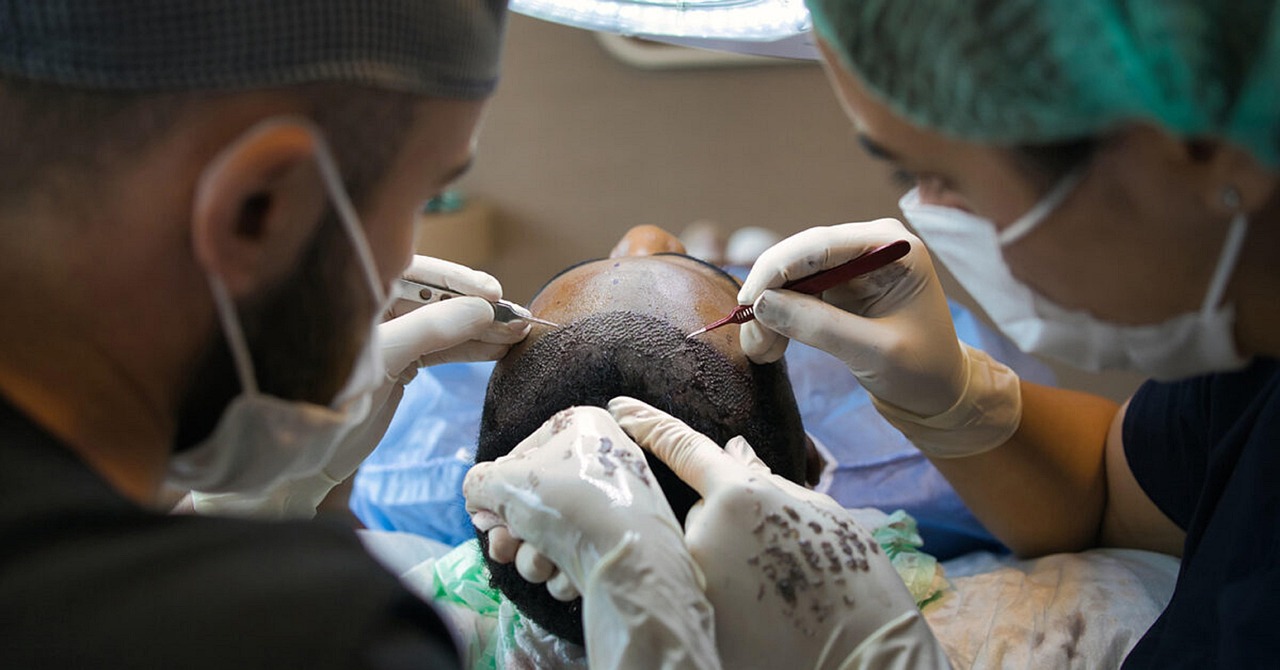Gastric Balloon for Weight Loss: What to Expect
A gastric balloon is a temporary, non-surgical device placed in the stomach to help reduce hunger and portion sizes, supporting weight loss efforts. It is used as part of a broader program that includes diet, behaviour changes, and medical follow-up. This article explains how the device works, who may be a candidate, potential risks, and what to expect during treatment.

This article is for informational purposes only and should not be considered medical advice. Please consult a qualified healthcare professional for personalized guidance and treatment.
Weight loss and gastric balloons
A gastric balloon can support weight loss by occupying space in the stomach, which often leads to reduced food intake and earlier feelings of fullness. It is not a standalone cure for obesity; outcomes depend heavily on adherence to dietary guidance, exercise, and behavioral support. Candidates typically work with a multidisciplinary team—physicians, dietitians, and therapists—to set realistic goals and maintain weight after the balloon is removed. Long-term success is tied to sustained lifestyle changes rather than the device alone.
What is a gastric balloon medical procedure?
The gastric balloon medical procedure is usually performed endoscopically under sedation. A deflated silicone balloon is passed into the stomach through the mouth and then filled with saline or air to a size that reduces stomach capacity. The placement typically takes less than an hour and patients often go home the same day. The balloon remains in place for a prescribed period—commonly several months—after which it is removed endoscopically. Pre-procedure evaluation includes medical history, imaging or endoscopy if indicated, and counseling on expectations.
Who is the gastric balloon for obesity treatment?
The gastric balloon is most often considered for adults with obesity who have not achieved adequate weight loss through diet and exercise and who do not qualify for or choose to postpone bariatric surgery. It may also be used to reduce surgical risk by decreasing weight before an operation. It is not suitable for everyone: contraindications include certain stomach conditions, previous gastric surgery, large hiatal hernia, and untreated eating disorders. A thorough medical assessment helps determine whether the gastric balloon is an appropriate option.
How the balloon affects the stomach and appetite
Placed inside the stomach, the balloon reduces available volume and can slow gastric emptying, which may prolong feelings of fullness after meals. Early side effects commonly include nausea, vomiting, abdominal discomfort, and reflux as the body adapts. These symptoms usually subside within days to weeks and can be managed with medication and dietary adjustments. The balloon does not alter digestive anatomy permanently, so after removal the stomach returns to its usual size; maintaining weight loss relies on continuing the behavioral and dietary changes established during treatment.
Risks, follow-up, and expected outcomes for weight loss
Like any medical procedure, the gastric balloon carries risks: persistent nausea, dehydration, balloon deflation, gastric ulceration, or—rarely—perforation. Regular follow-up with the medical team is essential to monitor symptoms, nutritional status, and psychological wellbeing. Patients typically meet regularly with dietitians and may receive structured behavioral therapy to build lasting habits. Expected outcomes vary widely; many patients experience meaningful short-term weight loss when the balloon is combined with comprehensive care, but weight regain is possible if lifestyle changes are not sustained.
Conclusion
A gastric balloon is a temporary, minimally invasive medical option that can aid weight loss by reducing stomach capacity and supporting changes in eating behavior. It is intended as one component of a comprehensive obesity treatment plan that includes medical supervision, nutritional counseling, and behavioral support. Careful patient selection, awareness of risks, and commitment to follow-up improve the likelihood of beneficial results. Discussing the procedure and alternatives with a qualified healthcare professional and local services can help determine whether it aligns with individual health needs and goals.






